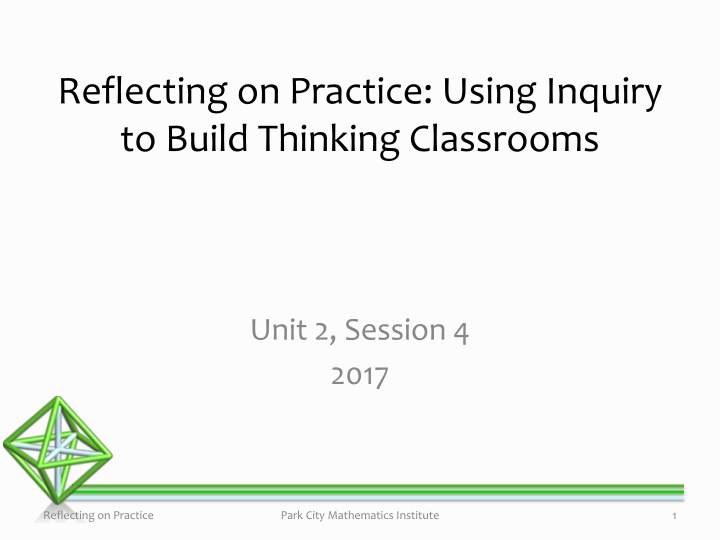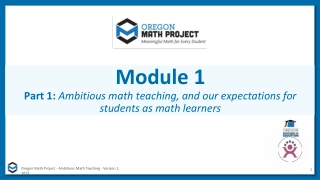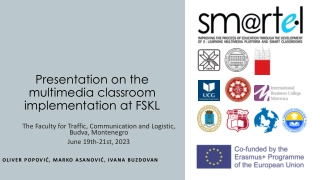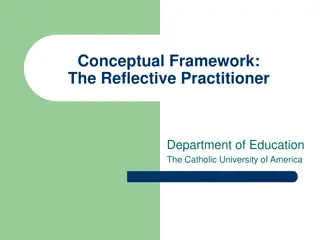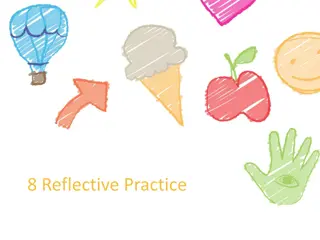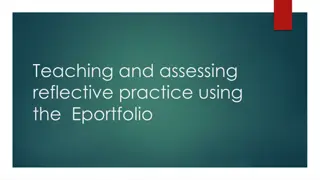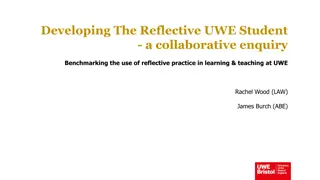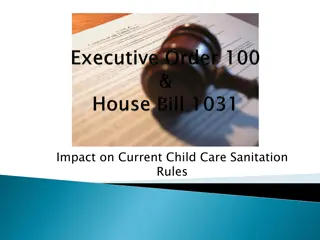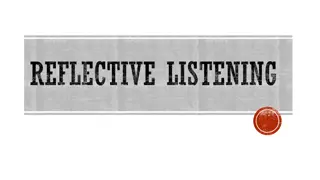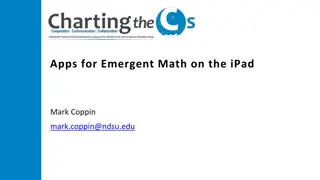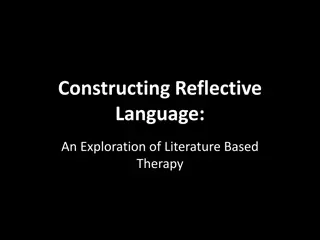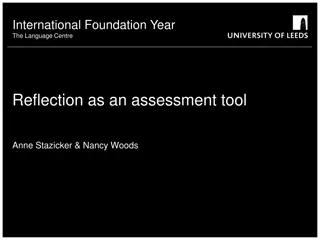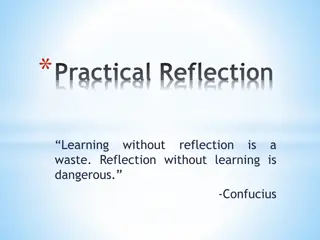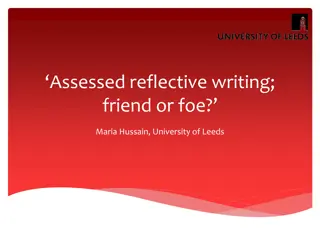Building Effective Math Classrooms through Reflective Practices
Explore the importance of creating a thinking classroom environment through inquiry-based practices in mathematics education. Delve into strategies for fostering deep mathematical thinking, engaging students in discussions, and analyzing student work to enhance learning outcomes.
Download Presentation

Please find below an Image/Link to download the presentation.
The content on the website is provided AS IS for your information and personal use only. It may not be sold, licensed, or shared on other websites without obtaining consent from the author.If you encounter any issues during the download, it is possible that the publisher has removed the file from their server.
You are allowed to download the files provided on this website for personal or commercial use, subject to the condition that they are used lawfully. All files are the property of their respective owners.
The content on the website is provided AS IS for your information and personal use only. It may not be sold, licensed, or shared on other websites without obtaining consent from the author.
E N D
Presentation Transcript
Reflecting on Practice: Using Inquiry to Build Thinking Classrooms Unit 2, Session 4 2017 Reflecting on Practice Park City Mathematics Institute 1
A Thinking Classroom is conducive to thinking and occasions thinking, a space that is inhabited by thinking individuals as well as individuals thinking collectively, learning together, and constructing knowledge and understanding through activity and discussion a space where the teacher not only fosters thinking, but also expects it, both implicitly and explicitly. Reflecting on Practice Park City Mathematics Institute 3 Liljedahl, in review
Lets do some math Reflecting on Practice Park City Mathematics Institute 4
Reflecting on Practice Park City Mathematics Institute 5
Math talk We ve watched videos dealing with the cost of key chains, the surface area of a cylinder, and chocolate chip cookies. Take a minute on your own to read the levels. Jot down which level of math talk occurred in the clip we saw of each class? Be ready to give a reason for your rating. Reflecting on Practice Park City Mathematics Institute 6
Penny had a bag of marbles. She gave one-third of them to Rebecca and one- fourth of the remaining marbles to Aman. Penny then had 24 marbles left in her bag. How many marbles were in the bag to start with? Solve the problem the way you think your students would. TIMSS, 1995 release item
Decide on an instructional goal for the task, select 3 - 5 student solutions, and sequence them the way you would discuss them in class. Record the letters of the student work on your space and a reason why it was selected in this order. Possible instructional goals might be: Recognizing that diagrams can be a useful tool for solving problems Solve problems involving fractions Recognize how to use working backwards as a solution strategy Build a foundation for writing arithmetic equations to represent thinking as a way into algebraic equations Reflecting on Practice Park City Mathematics Institute 9
Penny had a bag of marbles. She gave one-third of them to Rebecca, and then one fourth of the remaining marbles to John. Penny then had 24 marbles left in the bag. How many marbles were in the bag to start with? A. 36 B. 48 C. 60 D. 96 International 44% US 41% Highest 81% TIMSS, 1995, grade 8
Inhibiting Discussion Let s think about discussions more generally. What are some factors that could inhibit a productive discussion and what could we do about them as teachers? As a small group, make a T-chart in your vertical working space. On the left side brainstorm a few barriers to discussion and on the right, list a strategies to overcome each barrier. Reflecting on Practice Park City Mathematics Institute 11
References Liljedahl, P. (in press). Building thinking classrooms: Conditions for problem solving. In P. Felmer, J. Kilpatrick, & E. Pekhonen (eds.) Posing and Solving Mathematical Problems: Advances and New Perspectives. New York, NY: Springer. Smith, M., & Stein, M. (2011). 5 Practices for Orchestrating Discussion. Reston VA: National Council of Teachers of Mathematics Stein, C. (2007). Let's Talk: Promoting Mathematical Discourse in the Classroom. The Mathematics Teacher, 101(4), pp. 285-289. Reflecting on Practice Park City Mathematics Institute 12
